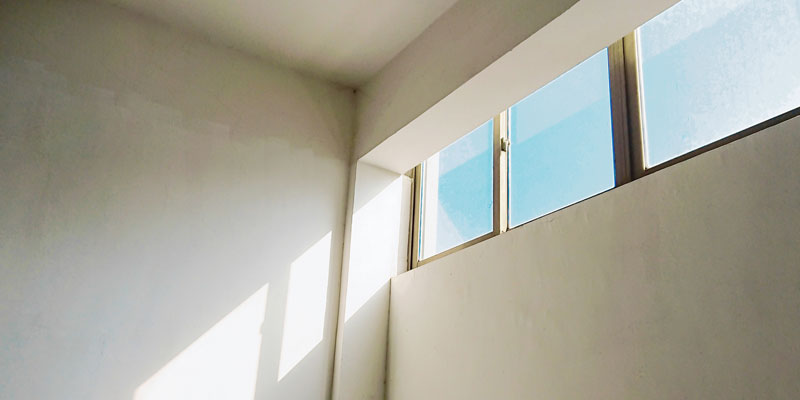How Do Oil-based Paints on Buildings Affect You and the Environment
Many cities have curtailed the issuance of new building permits, resulting in companies, as well as individuals, buying and renovating existing buildings that are sound and meet their needs. While renovation and reclamation of older, iconic commercial and residential buildings have become somewhat of a trend, repainting them may require adherence to some very specific guidelines, requiring the use of very specific paints, many of which may be oil-based. Here, we will briefly compare the pros and cons of both oil-based paints and the water-based acrylics:

- What are oil-based paints – Oil-based paints may contain organic solvents, such as white spirits, alcohols, or ketones as their solvent. Organic solvents include glycol, esters, petrol-distillates, and some synthetic resins. The solvent has to evaporate in order for the paint to dry, leaving the pigment and oil behind. As the oil oxidizes, it forms a hard, protective, and durable film on the painted surface.
- Why are they still relatively popular – The popularity of oil-based paints continues due to their longevity and durability; oil-based paints tend to outlast their acrylic counterparts. The solvents in oil-based paints evaporate quicker than water-based acrylics and are less affected by air movement, temperature, or humidity. Also, the colors of oil paints are far more vibrant. Oil-based paints have a better chance of covering oily and grainy surfaces, becoming the paint of choice for repainting stone exteriors, especially on commercial buildings.
- Why are they phasing out? – Some factors affecting both commercial and residential use of oil-based paints include: slower drying time (1-5 days for dry-to-touch, up to 6 months to cure), fumes, more time-consuming clean-up (requiring additional solvents), and pose more of a threat to the environment when it comes of disposing of leftover oil-based products.
- What impacts do oil-based paints have on the environment – It is never a good thing when oil-based solvents enter the environment, whether airborne fumes or leaching into the water table. These contaminants could cause problems like upper respiratory diseases and affect other organs due to the ingestion of these toxic elements. Some thinning products for oil-based paints, such as Liquin, are known to trigger allergic reactions in some people.
- How do the fumes impact the painted space – The impact of inhaled fumes from oil-based paints is obvious. While painters wear masks when working around these paints, people working/living in these spaces may experience headaches, nausea, and in many cases, display flu-like symptoms from allergic reactions to the airborne particles for many months. While many parts of a building, such as doors, trim, baseboards, and handrails, are oil-painted for endurance, they are typically painted off-site. After installation, the residual fumes may linger for several months, causing sickly symptoms.
- Shifting to latex paints – Latex, acrylic paints use water as their solvent/thinner and have a low impact on the environment. There are no residual fumes, no toxic elements, and are not known to be irritants.
- Are acrylic paints better? – Acrylic paints became very popular almost immediately. Due to the reduced drying time, wide color palettes, and effortless water clean-up, they became the go-to paint for most interior and wood-sided buildings. They emit very low VOCs (volatile organic compounds) and are much less of a threat to the environment or people's health. While acrylic-based paints were not as durable as oil-based paints when they first came out, the technology of acrylic-based paint has continued to progress and is now said to be superior to oil-based technology.
Choosing the right paint for your building's exterior or interior can be challenging; however, making the right choices pays off. The professionals at Major Painting Company can help you eliminate the guesswork. Contact us for all your commercial and residential painting needs. From banks to warehouses to grocery stores, office spaces and homes: we do it all!
About the author
Chase DeRousse is the Vice President of Painting at Major Painting and strives to deliver quality craftsmanship coupled with superior customer service, creating a unique and pleasant experience for all Major Painting customers, no matter the size of the project. Chase also holds an active Class A General Contracting License.
Chase has won multiple accolades recognizing his leadership and excellence in the painting industry including awards from the Painting Contractor Association (PCA), Business Owners and Managers Association (BOMA), and Institute of Real Estate Management (IREM).